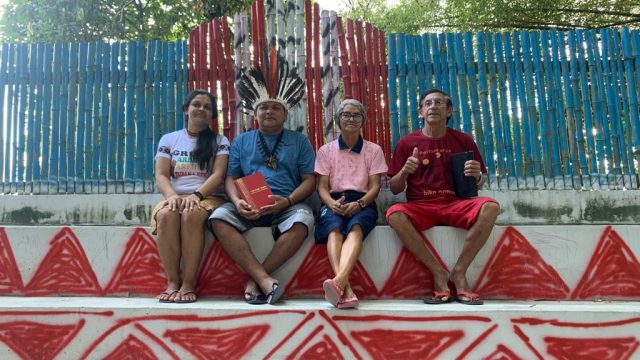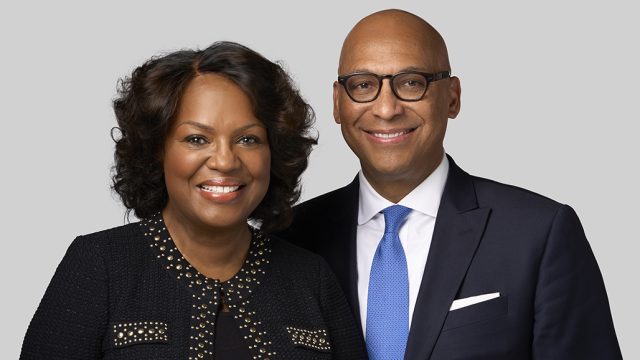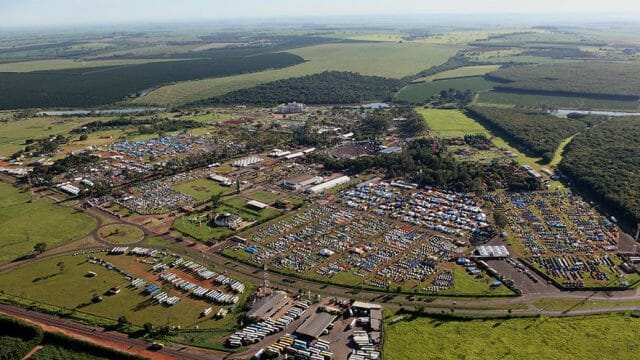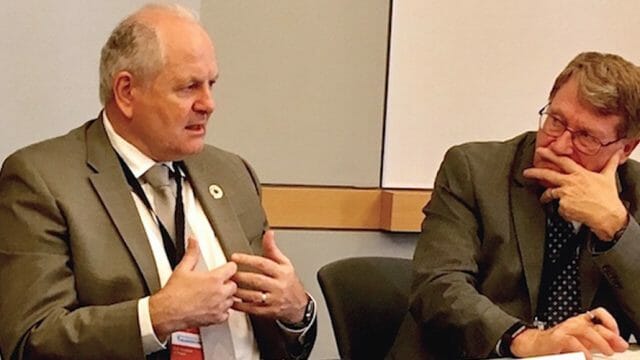What seeds are you sowing today?
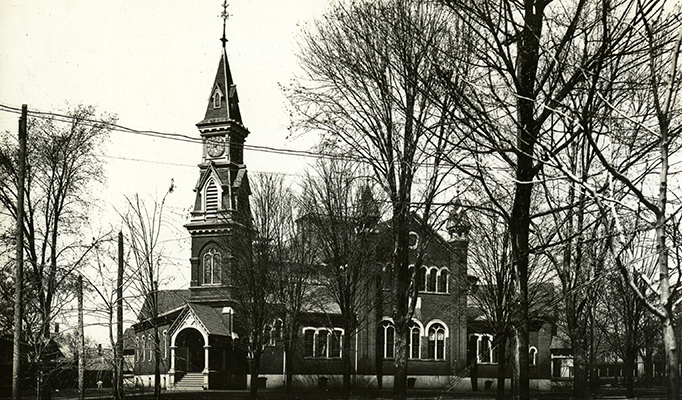
The May 26, 1863, issue of the Review would certainly be full of news, especially after the conference in Battle Creek, just 55 miles away from Sarah Philo’s home in Bunker Hill, Michigan, United States. She opened the periodical and nodded along eagerly as she read that the delegates had drafted, debated, and adopted a church constitution. Why had they organized? Sarah read: “. . . for the purpose of securing unity and efficiency in labor, and promoting the general interests of the cause of present truth, and of perfecting the organization of the Seventh-day Adventists.”1
Sarah knew all about promoting the cause of present truth. She’d accepted the third angel’s message just seven years earlier, at the age of 60, after seventh-day Sabbathkeeping Adventist preachers had visited. At first she’d been the only one in her area to keep the seventh day,2 but Sarah led by example, and by 1861 a nearby woman was keeping the Sabbath with her.3 In 1862 she wrote to the Review, asking for “Brother Cornell” to come and stay a week in Bunker Hill, challenging, “You strewed the seed when you was here; come and see if it is not coming up.”4 And the seed had indeed grown! In April 1864 John Byington—then General Conference president—oversaw the organization of an official church in Bunker Hill, with 18 members,5 of which Sarah was surely one.
When Sarah died on January 9, 1877, much of Adventist history had not yet happened. The Adventist Church had a total of 18 conferences, including the Texas Mission and the European Mission, where John N. Andrews had been sent just three years before as the church’s first official overseas missionary. Then the church had 478 churches and 11,708 members. It was just a year before Sarah died that the Western Health Reform Institute had become the Battle Creek Medical and Surgical Sanitarium. The church would not reorganize itself nor move Battle Creek College out of Battle Creek to Berrien Springs for another 24 years. Its headquarters and the Review and Herald Publishing Association would not move to Washington, D.C., for several years beyond that (and it would be 106 and 112 years before those institutions would move to Hagerstown and Silver Spring, Maryland, respectively). Sarah could not have known that, as of December 2021, the Seventh-day Adventist Church would officially have 742 local conferences and missions, 95,297 churches, and 21,912,161 members. Most people have not heard of Sarah Philo, but the life Sarah lived, “devoted to those truths which she held most dear,”6 has a legacy of its own, 160 years after the Seventh-day Adventist Church organized in 1863. Sarah’s patient and persistent seed-sowing resulted in many of her descendants also working hard to promote the general interests of the cause of present truth.7 What seeds are you sowing today?
1 “Report of General Conference of Seventh-day Adventists,” Review and Herald, May 26, 1863, pp. 204, 205.
2 Review and Herald, Dec. 16, 1858, p. 31.
3 Review and Herald, Sept. 24, 1861, p. 135.
4 “Extracts From Letters,” Review and Herald, Jan. 7, 1862, p. 47.
5 “Report From Bro. Byington,” Review and Herald, May 10, 1864, pp. 188, 189.
6 Hannah Janes, “Obituary Notice,” Review and Herald, Feb. 15, 1877, p. 55.
7 For the example of her great-grandson, see https://encyclopedia.adventist.org/article?id=D8BQ.



